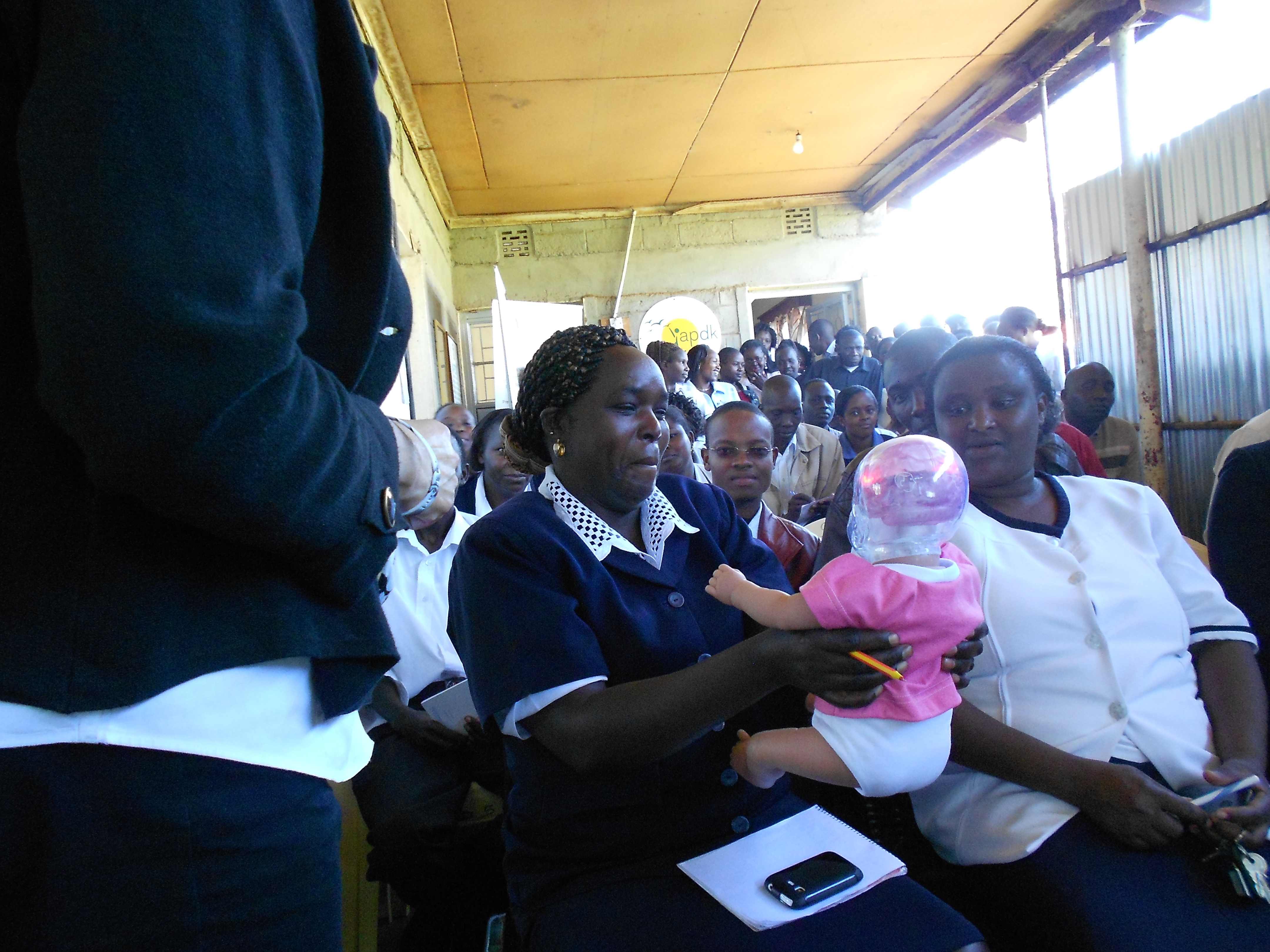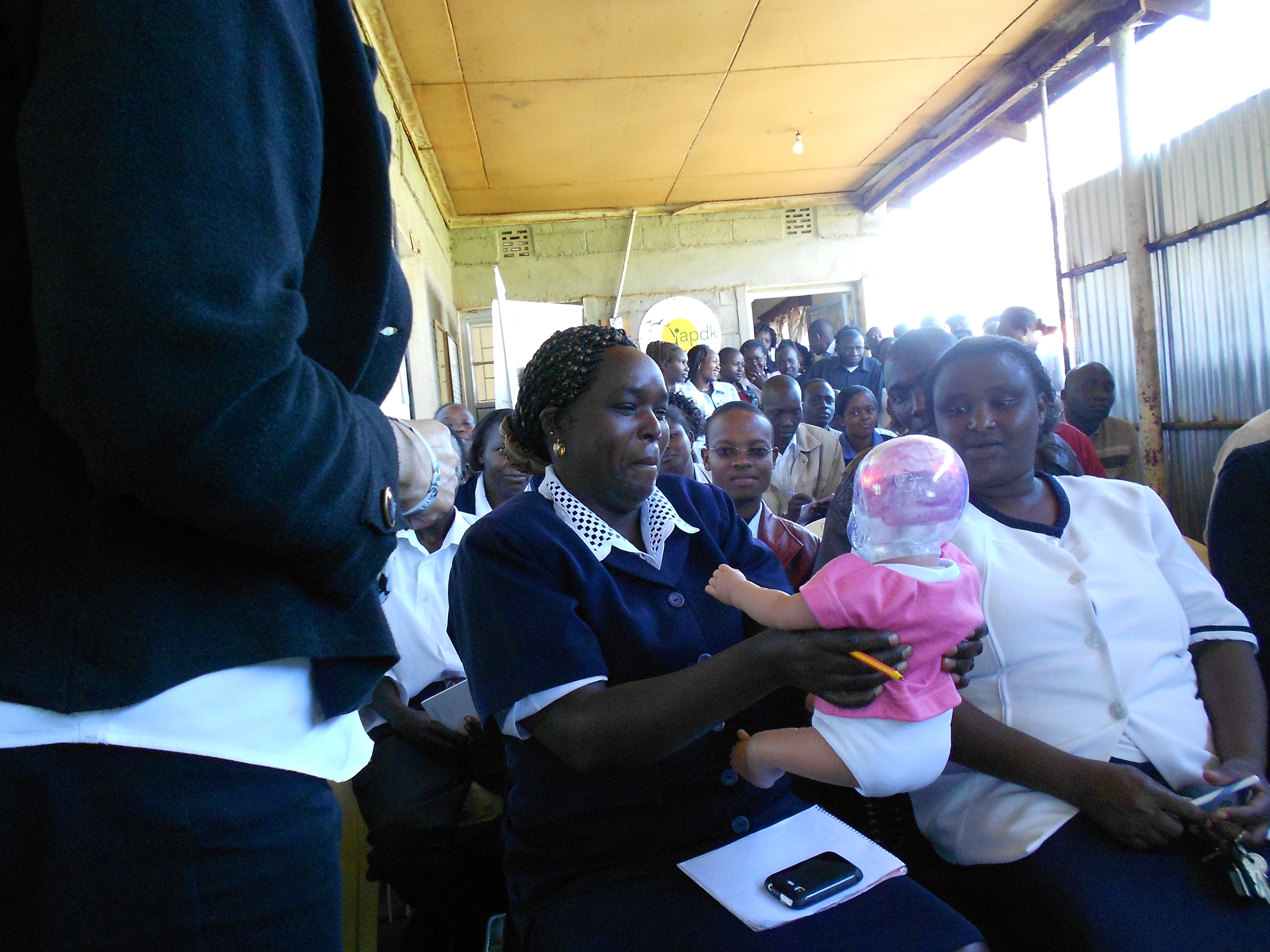This guest post is written by Carolyn Crist a freelance writer pursuing her master’s degree in Health and Medical Journalism at the University of Georgia. She graduated from UGA in 2010 with degrees in newspapers and English and worked as an education and political reporter.

Primary care doctors are in short supply in the United States, and the trend will worsen unless problems with access, pay, and training are addressed.
The challenge of making primary care available for all is complex, but using technology, reworking the medical school curriculum, and employing a team-based approach to patient care could be the answer.
The conversation certainly isn’t new, and it continues to happen nationally as physician groups are testing ideas. The best solutions so far are encouraging health professionals to work to the top of their licenses, said a panel of experts discussing the “team-based” approach to primary care at the Association of Healthcare Journalists conference held in Boston.
“You have dissatisfied patients who can’t navigate the health care system, providers who are frustrated with the way they practice, and a health care system that is ready to implode,” said Jane Maffie-Lee, a nurse practitioner and program director of Massachusetts General Hospital’s Ambulatory Practice of the Future. “In some primary care settings, service is terrible and people don’t smile. Something has to happen.”
The current reimbursement system for primary care forces doctors to cram more patients into their workday to battle relatively low pay rates, she noted. At the same time, quality seems to be falling as overall costs increase, which deters patients from primary care offices and instead takes them straight to specialists’ doors.
About five years ago, Mass General created the ambulatory service that Maffie-Lee directs as a way to engage people in their own care through electronic medical records, teams, and new technology. Care is provided by teams of doctors and nurses who share responsibilities, enabling nurses to do more than in traditional doctor-centered practices. The system is working well so far, Maffie-Lee said.
“Patients have easy access to their records and can participate, and the providers focus their practice on health and wellness, asking patients about exercise, diet, and well-being each visit,” she said. “It’s important to have this culture of collaboration and engage the patients in their weight concerns rather than telling them to just lose 40 pounds, for example.”
In Rhode Island, Coastal Medical Inc. is trying a similar team-based approach to medicine. With 19 offices, 100 providers, and 100,000 patients, the group is driven by data and the desire to give patients access to care, said Alan Kurose, president and chief executive officer.
“All of this is underway and helping, but we have a long way to go,” he said.
Nurses, case managers, pharmacists, and medical assistants are all on the same team. The teams cover weekends and holidays, and urgent care clinics stay open outside normal business hours.
Though Coastal’s approach hasn’t been extensively studied yet, team-based care is showing positive results, Kurose said. In a separate panel on health care costs and quality, Donald Berwick, former head of the Centers for Medicare and Medicaid Services, said the best examples are emerging from community efforts rather than policymakers. He cited a health care project in Alaska, where team-based care has lowered hospital inpatient stays by 50 percent, reduced emergency department admissions by 53 percent and cut specialty visits by 63 percent.
As promising as team-based care appears, policy changes are also essential. Health professionals and politicians must address the health care system as a whole — a daunting task, said Andrew Ellner, co-director of the Harvard Center for Primary Care and a practicing internist at Brigham and Women’s Hospital.
“The basic problem is that our system is built around doctors versus built around people, and that’s not just patients but nurses and medical assistants as well,” he said. “We need a culture transformation and a hardware redesign.”
Ellner proposed that health care be rethought by focusing on people, technology, and space. Collaborating in teams to deliver care is a start, but health providers also need to use technology to its fullest extent. Smartphone applications and mobile devices can link providers and patients more closely, enabling patients to better manage their own health.
“We’ve only begun to scratch the surface in how this can be implemented effectively,” he said, and a redesign of the traditional payment system is also imperative. Use of interactive technology will spread only if providers can be compensated for work outside traditional office and clinic settings.
With a team effort to manage the work load, doctors can help more patients than ever before, he said. Only then can physicians return to the true “art of medicine” by analyzing data from their patients and studying populations in their community as a whole.
“Imagine physicians being able to use technology to pick up the signal from the noise,” Ellner said. “Imagine them not waiting until patients come to them — at the most costly and sick time of care — and instead take action.”
While changes in day-to-day practice are certainly helpful, ultimately, medical school curriculum and culture must also change, said Andrew Morris-Singer, a primary care doctor and founder of Primary Care Progress, an organization that spreads information about primary care and trains doctors and other professionals to advocate for changes in health care.
“There’s an established culture of promoting specialties in medical school, and then there’s concern about higher pay, medical school debt, and the work-life balance,” Morris-Singer said. “The other half of the story is the actual training and courses because we’re not teaching students to recognize and treat the problems faced by the majority of patients.”
Doctors in training are taught to address the rarest and sickest of patients who are admitted to elite teaching hospitals, yet they may not be able to diagnose a common skin rash, he added.
“We’ve got to fix this, and we’ve go to fix it soon,” Morris-Singer said.
This guest post is written by Carolyn Crist.
This guest post is written by Carolyn Crist





